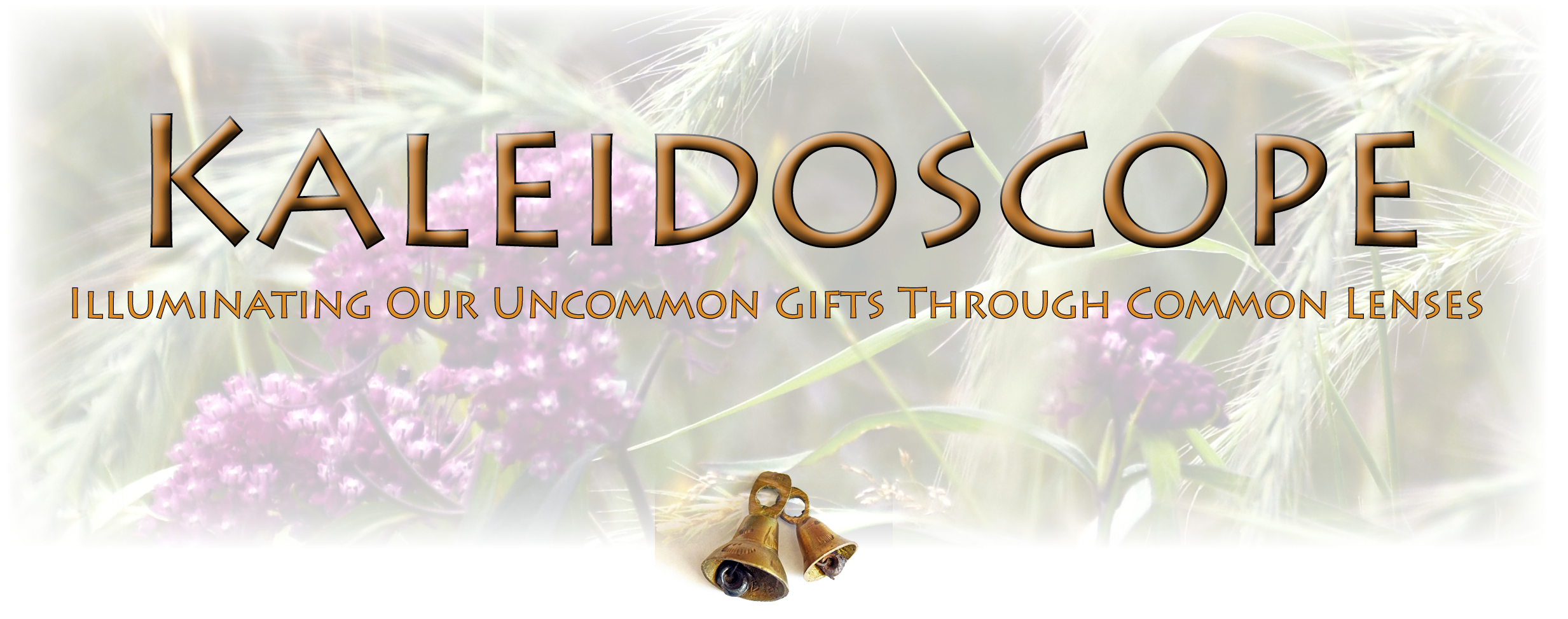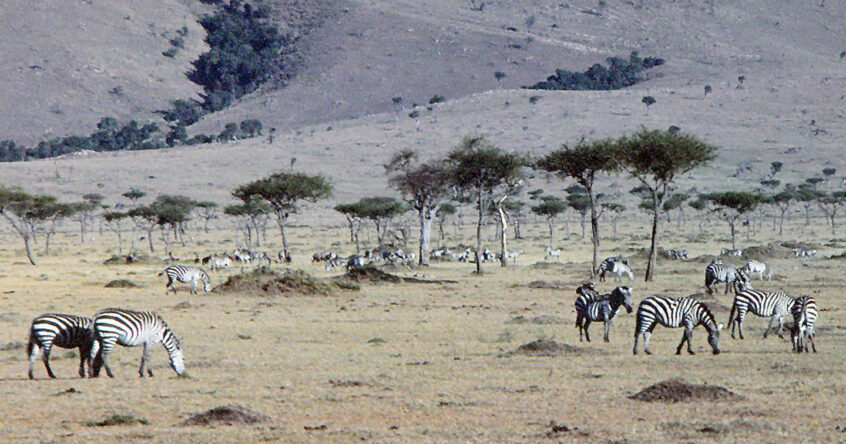Observing Zebras.
.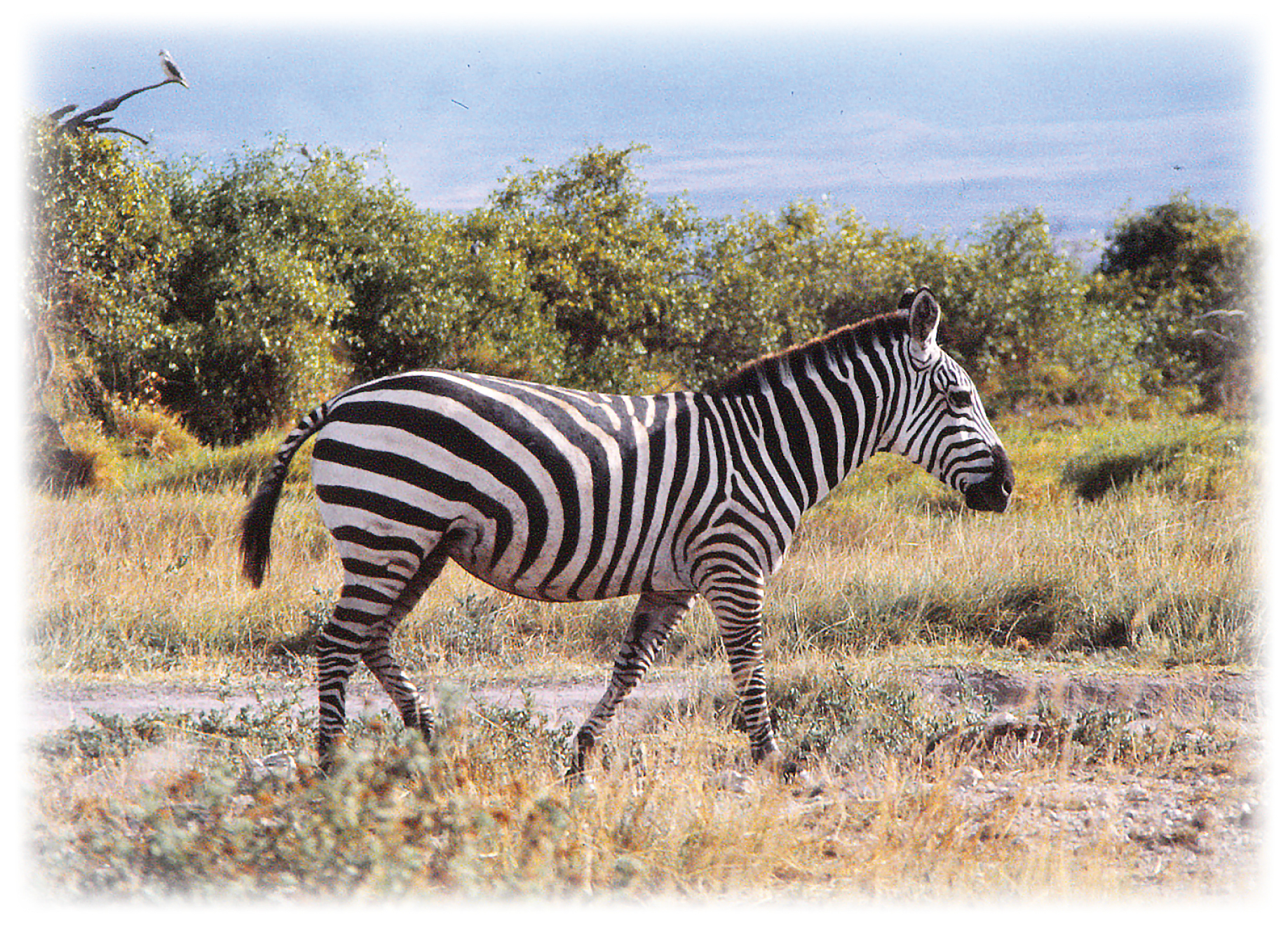
Observing And Connecting Are Quite Different
.
An animal’s eyes have the power to speak a great language. ~ Martin Buber
.
I call my horses ‘divine mirrors’ – they reflect back the emotions you put in. If you put in
love and respect and kindness and curiosity, the horse will return that. ~ Allan Hamilton
.
.
Seeing the animals in Africa was a wonderful experience. Like flowers or birds, their infinite designs, beauty, and grace are breathtaking. Nonetheless, every time I look at the photos, I sense something is missing. Also, no doubt, you can view much better photography by going to National Geographic or Nature but these scans of 35mm slides taken mostly in Ma’sai Mara still make a point.
Seeing the animals in Africa was a wonderful experience. Like flowers or birds, their infinite designs, beauty, and grace are breathtaking. Nonetheless, every time I look at the photos, I sense something is missing. Also, no doubt, you can view much better photography by going to National Geographic or Nature but these scans of 35mm slides taken mostly in Ma’sai Mara still make a point.
.
Both sets of my grandparents had subsistence farms so I became very familiar with the animals they raised. You know, cows, pigs, chickens, sheep. Even plow horses. When I was about t2, we moved back to northern Minnesota from Minneapolis when Dad finished his university degree. My parents bought a small farm just a quarter of a mile from his parents. Grandma had a large German Shepherd. That dog and I became very attached to each other. She would arrive in the morning to steward us onto the school bus and be there when we got home. In the summers she and I spent days together in the forest.
.
Except when I couldn’t – like when I lived in Africa – I have always had dogs and sometimes cats, too. When Michael was about 10 our cherished Rosie, a rescue who had been his second mother from day one, died. He was inconsolable and said he never wanted another dog because they die! I acknowledged his risk-taking for loving her. And, not long after that we got another rescue, Bibi Phoebe the Beagle. He loved her even more. Today we have our beloved Katie who we got as a pup. First time for either of us. She spends her nights with him and her days with me. We each treat her differently and she seems to like that and responds to each of us differently.
.
With the animals in Africa I could only be an observer. I witnessed beauty but mostly from a distance. Somewhere between 200,000 and 300,000 people visit Ma’sai Mara annually. That’s a daily average of between 550 and 800 people. Per day! Most visit once and stay for three or four days. The animals are used to the presence of people with cameras and binoculars. They are also used to the safari vehicles. So much so that they hardly take notice. And that’s the point. It’s not personal.
.
With the farm animals and our pets when I was growing up, we were actively connecting – touching, having eye contact, talking, giving kisses, spending time together. It’s possible to deeply connect and build relationships with animals and the emotional attachments between us are mutual. We love each other and develop rituals to show our love. It’s personal.
.
I know some people like Jane Goodall and Dian Fossey (and maybe even Sigourney Weaver who played Dian in Gorillas in the Mist) have made deep connections with the animals in Africa. Check out The Elephant Whisper and Lion Man! I didn’t have an opportunity to do that. I revered and admired the African animals and was ever so grateful for their existence and my opportunity to see them but I didn’t manage to really connect with them.
.

Observing a mother elephant and her newborn.
.
.

Observing a cheetah sitting between our vehicles.
.
.
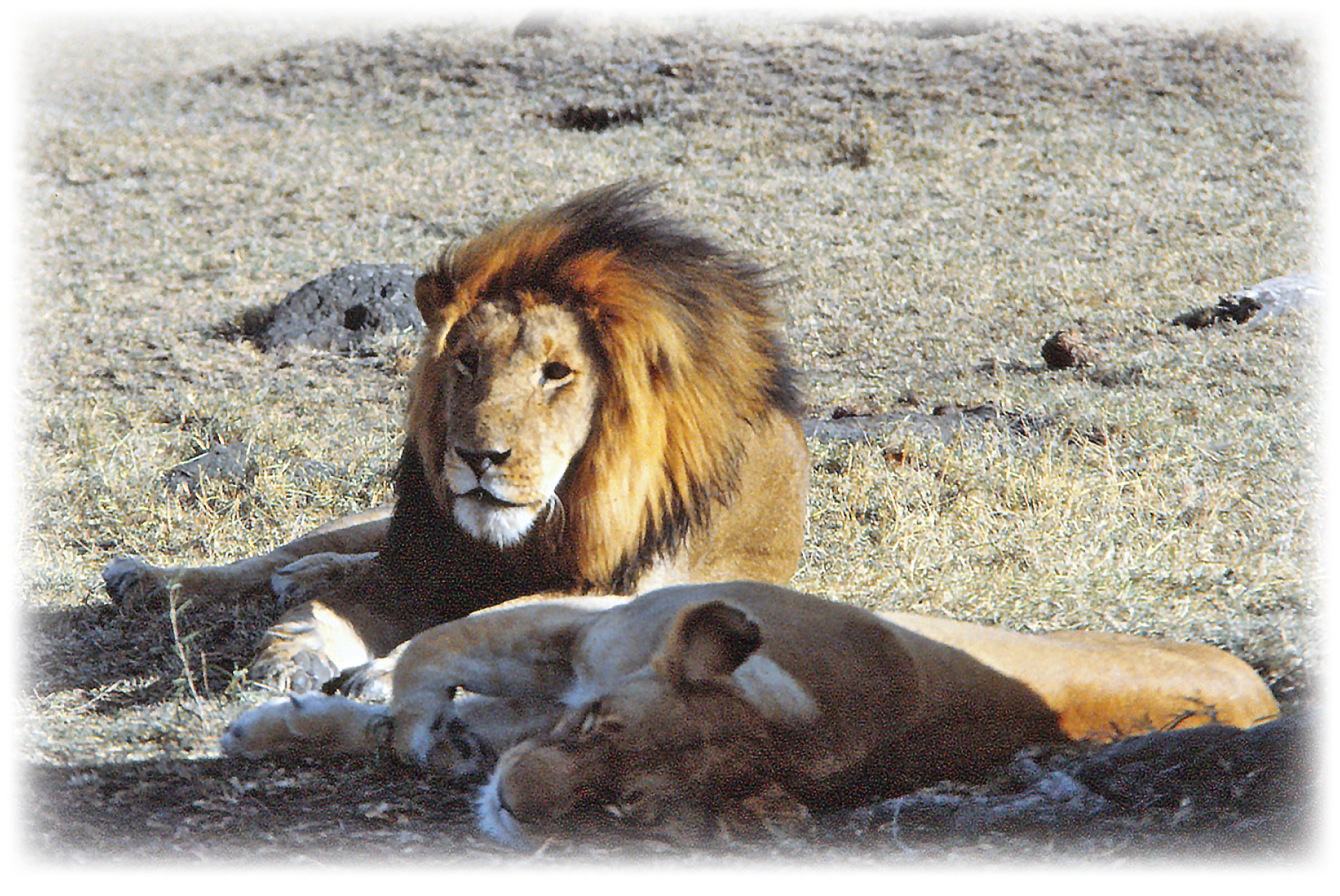
Observing lions at rest.
.

Observing giraffes and how the giraffe’s neck is long but the legs may be even longer.
.
.
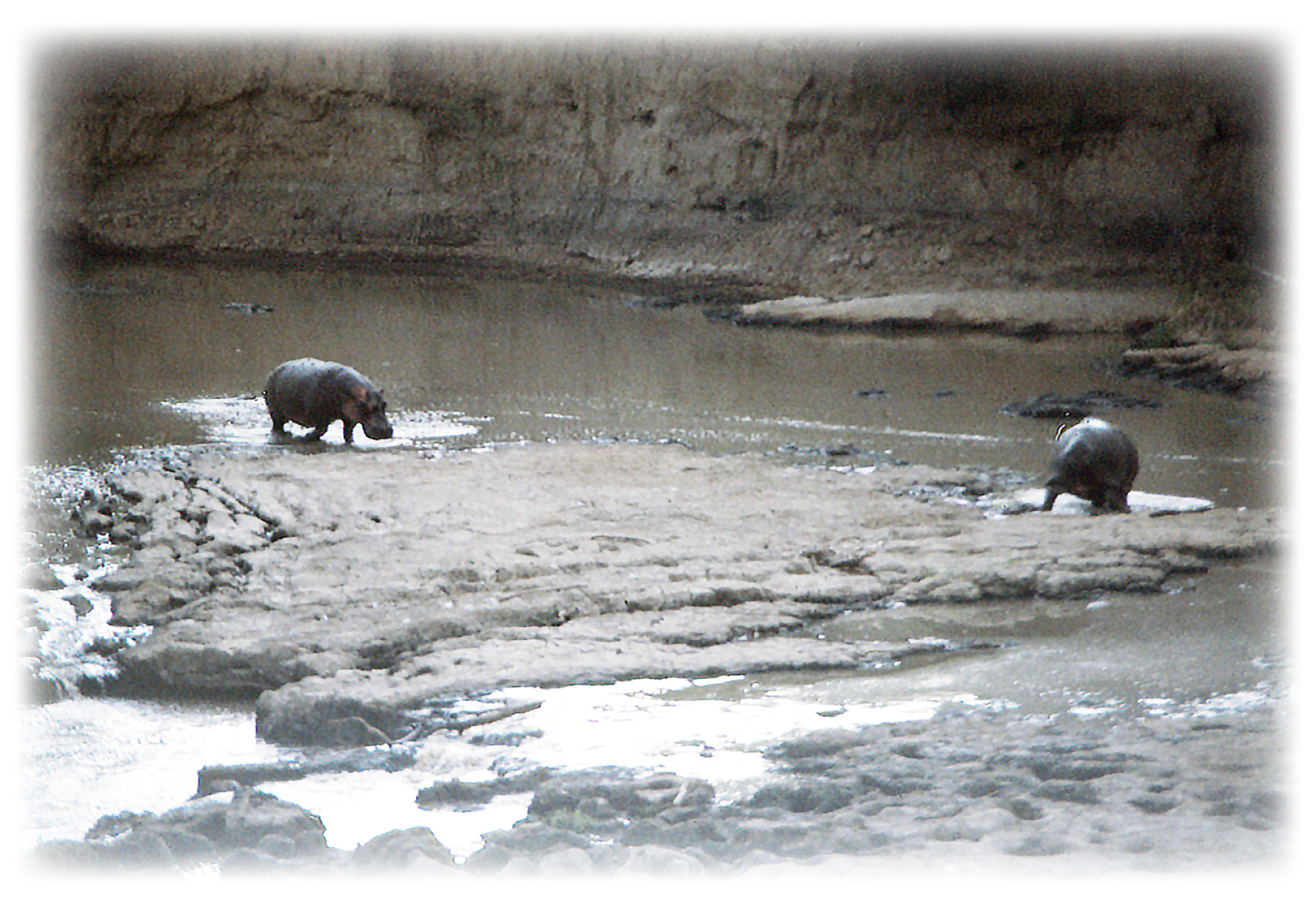
Observing hippos in the river.
.
.
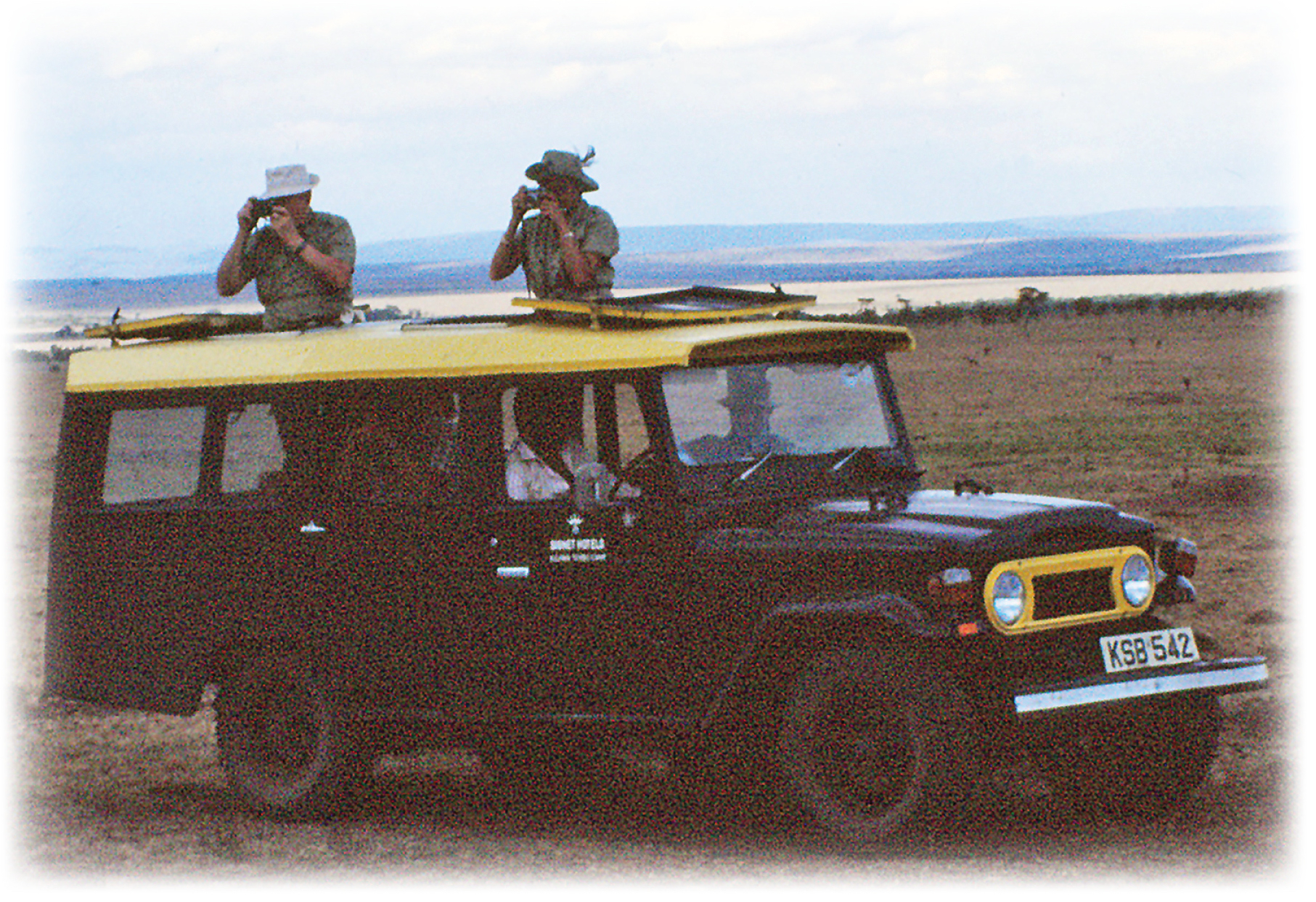
Observing observers observing with cameras and binoculars.
.
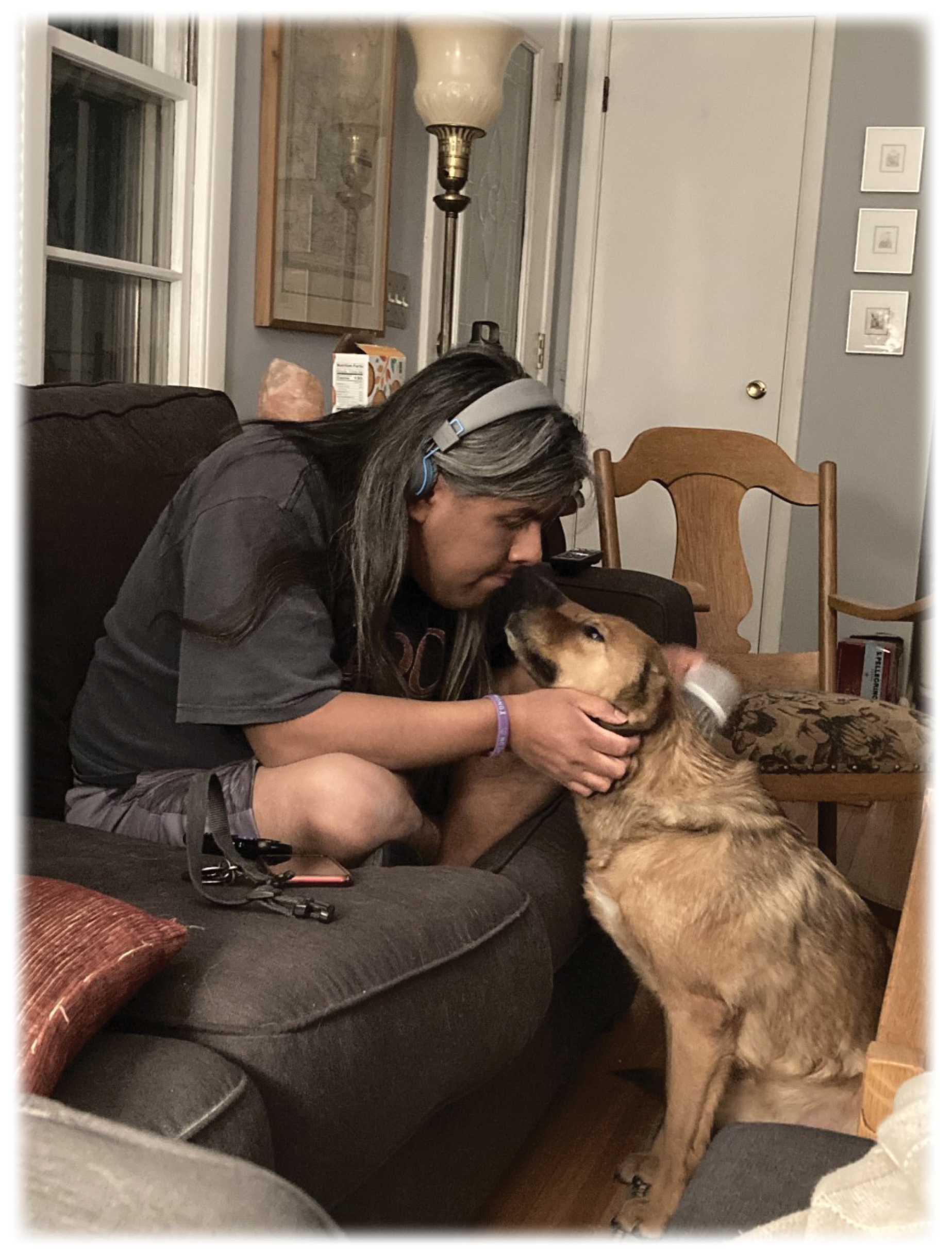
Michael and Katie connecting with each other. So much love!
.
Photos by Barbara
Observing in Amboseli and Ma’sai Mara National Parks, Kenya
Scans of 35mm slides
Connecting at home last winter
.
